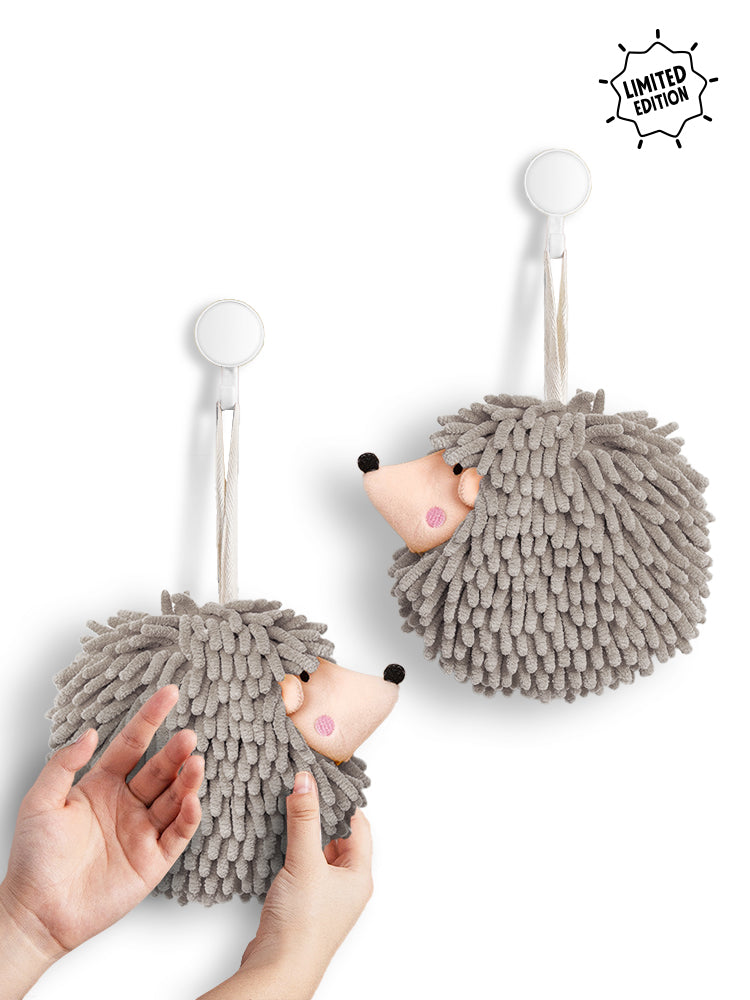
Mildew is a fungus that thrives in dark places and can live anywhere moisture is present. While mildew and mold are important to the enrichment of soil (they help destroy organic materials such as leaves), they can also be dangerous to humans, causing health issues such as skin and respiratory irritation.
Mildew can develop easily in clothing and other textiles, leaving a sour smell and, in some cases, visible spores and staining. Mildew needs to be treated using specific products that kill fungi. When dealing with mildew on clothing, taking fabric care considerations into account is crucial to preventing irreversible damage.
Before Getting Started: Safety Precautions
:strip_icc():format(webp)/GettyImages-1467840031-fbd42dbf3e4d4284b1477f377640c51a.jpg)
Take safety precautions when handling mildew and working with the cleaning agents used for mold and mildew remediation.
When spores are visible on the clothing, brush or shake them off the fabric outdoors. To prevent inhalation of spores, wear a dust mask, such as an N95 respirator, to protect your respiratory system; this is especially important if you suffer from allergies or other respiratory problems. Additionally, wearing protective gloves is recommended for those with sensitive skin or mold and mildew allergies.
Safety Tips for Using Bleach to Remove Mildew
If the clothing is white cotton or the care label says the garment can be bleached, chlorine bleach can be used to remove mildew. The garment care label will feature one of three symbols associated with bleach care:
- Triangle: The garment can be washed with any type of bleach.
- Triangle with two parallel lines inside: Treat the garment with non-chlorine bleach only.
-
Solid triangle with an X through it: Do not bleach.
When working with chlorine bleach, avoid mixing it with any products other than laundry detergent. In particular, never mix chlorine bleach with acids like vinegar or lemon juice, ammonia, or products that contain them, as the combination creates toxic chemical fumes that can sicken or kill humans and animals.
When it comes to garments with mildew stains or smells, use the hottest water setting the fabric can tolerate; check the care tag for guidance on water temperature. If the garment is labeled “Dry Clean Only,” take it to be professionally cleaned, and point out the mildew stains when you drop it off.
What You'll Need
Equipment / Tools
- Laundry brush
- Dust mask
- Protective gloves
Materials
- Heavy-duty liquid laundry detergent
- Chlorine bleach
- Pine oil or phenolic laundry sanitizer
- Distilled white vinegar
- Oxygen bleach (optional)
Instructions
How to Get Mildew Out of Clothes
/how-to-get-mold-off-clothes-7089876-hero-05-dc1dea9996d44a95bef91e32e282bfa5.jpg)
Brush Spores Away Outdoors
Use a laundry brush or your hand to brush away mildew spores. Do this outdoors, and wear protective gear, such as a dust mask and household or disposable gloves.
Pretreat Stains
Pretreat all visible mildew stains on clothes by applying a heavy-duty liquid laundry detergent, such as Tide or Persil, allowing at least 15 minutes for the detergent to penetrate and break down the stains.
Select the Hottest Water Allowed
Wash the clothing in the hottest water temperature the fabric can tolerate (consult the care tag for guidance), ideally at least 140° F.
Add an Antifungal Laundry Booster to Wash
If the clothes are white and are made of a fabric that can tolerate chlorine bleach, add 1/3 to 2/3 cup to the wash, depending on the load size, to kill mildew growth and remove stains. When washing colored clothing and fabrics that cannot be washed with bleach, use a pine oil or phenolic laundry sanitizer, such as Pine Sol or Lysol Laundry Sanitizer, as directed.
Check Stains Before Drying
After washing the clothing, check that the stains came out before putting them in the dryer, as the heat can set stains. If mildew stains are still present, make an oxygen bleach solution, following package instructions for usage and dilution ratios, and soak the clothing for an hour up to overnight. Then, rinse well and transfer the clothes to the dryer, or run them through the washer without detergent and dry them as usual if the stains are no longer present.
How to Get Mildew Smells Out of Clothing
When clothes have a sour mildew smell but don’t show visible staining, wash them in the hottest water they can tolerate.
- If the clothes are clean but an offensive odor is present, wash them with 1 cup of distilled white vinegar, which eliminates mildew smells.
-
If the clothes aren't clean, use a regular dose of heavy-duty laundry detergent plus 1 cup of white vinegar. Then, dry the clothes using the hottest dryer setting permitted until they are completely dry so residual moisture doesn’t encourage mildew regrowth.
If the mildew smell persists after rewashing and thoroughly drying the clothing, your washing machine likely needs to be cleaned. The buildup of dirt, soap scum, and debris in the machine causes mildew, bacteria, and mold to form, which imparts an offensive odor during washing.
How to Prevent Mildew in Clothes

Keep clothing and other textiles free from mildew stains and smells by taking preventive measures.
- Clean your washing machine regularly to prevent buildup that can impart mildew to clothing.
- To control moisture in the appliance, leave the washing machine door open in between washes, especially in front-loading models.
- Ensure clothing is dry before folding and putting it away.
- Store clothing in a dry, well-ventilated space.
- Control moisture levels in the home by using dehumidifiers, fans, and open windows, and fix plumbing leaks as soon as possible.
Sources:
- All photos used in this blogpost are sourced from the internet, and the rights belong to their respective owners
- Kerr, Jolie. “How to Get Mildew Out of Clothes.” Better Homes & Gardens, July 26, 2024. https://www.bhg.com/how-to-get-mildew-out-of-clothes-8680018.


